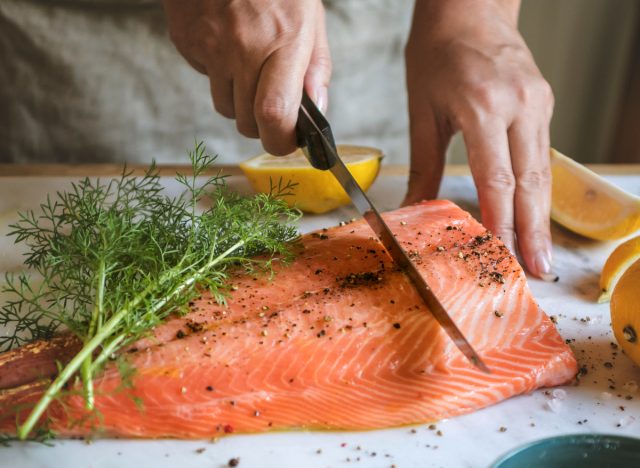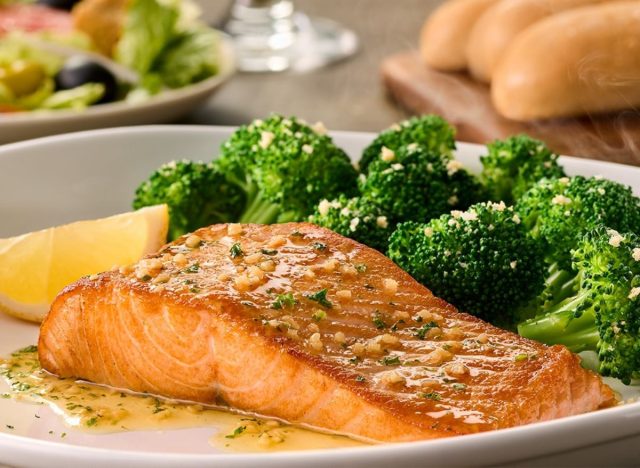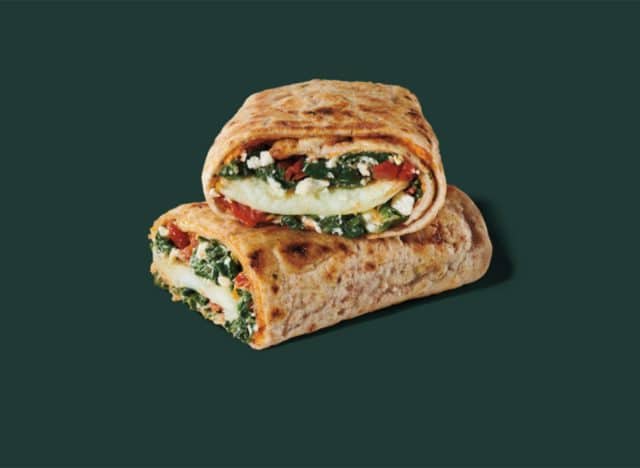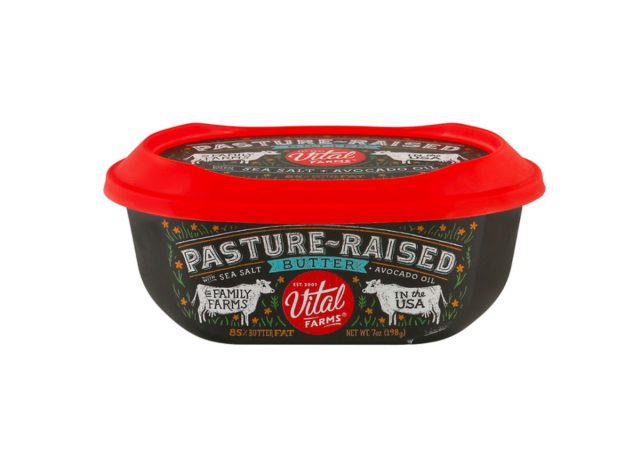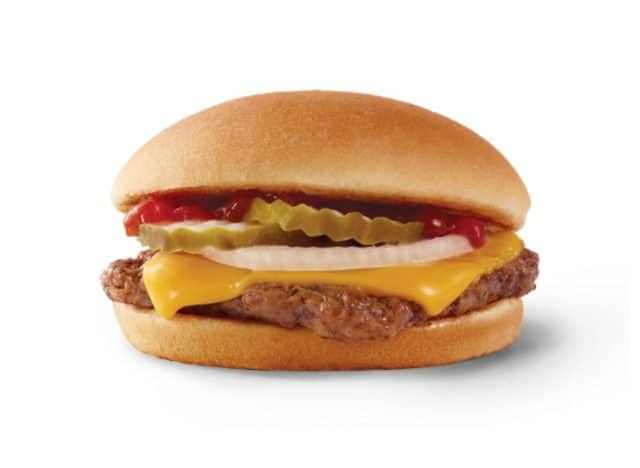You may be aware of the fact that there are eating habits that can help you lose weight in a healthy and sustainable way. That includes coming up with a meal plan that meets all of your needs as well as giving your delicious and nourishing creations the attention that they surely deserve while you’re sitting down to enjoy each meal. On the other hand, there are also food-related tendencies that you might be indulging in—whether you know it or not—which can actually lead you to gain weight. In fact, a new study has identified three eating habits that can do just that.
In the study that was published by Nature Food, 35 participants, who were between 18 and 50 years old and had maintained their weight for six months, were asked to eat different diets. Some individuals ate diets that were made up of minimally processed meals which included different levels of carbohydrates and fats. Others ate meals that had both minimally processed and ultra-processed foods which contained moderate levels of carbs and fat. Relying on the same weekly menus for a two-week period, they then switched to a second diet for the same amount of time. During the study, they were also allowed and encouraged to eat as much as they wanted.
The researchers also collected data from the participants that noted how fast they tended to eat, their energy density, and protein content, as well as how much of their food was made up of items that were high in fat, sodium, sugar, or carbs. The results showed that despite the differences in diets, participants who ate faster, consumed calorie-dense foods, and ate a fair share of highly palatable foods (those that are high in fat, sodium, sugar, or carbs) also had a higher energy intake (aka consumed more calories), which can lead to weight gain.
 Shutterstock
Shutterstock
“The findings confirm some things that we already know about hyper-palatable foods (HPF),” Johna Burdeos, RD, tells Eat This, Not That! “HPF are typically packed with carbs, fat, and sodium or sugar. They tend to be energy dense, meaning they’re packed with more calories when compared to foods of lower energy density but the same weight.”6254a4d1642c605c54bf1cab17d50f1e
Burdeos offers an example. “A 100 gram serving of strawberry ice cream is about 200 calories, whereas a 100 gram serving of strawberries is only about 32 calories,” she says. “Yet the strawberries offer fiber—which promotes satiety. Essentially, you would feel fuller for longer periods of time by including more fiber.”
“Similarly, the same calories in a high versus low energy density food can vary drastically in the volume,” adds Burdeos. “For instance, for close to 100 calories, you can get 3 cups of popped plain popcorn. However, for a bit more than 100 calories in potato chips, you’d only get 1 cup. Again, looking at these two examples, we see a pattern of the lower density food—popcorn, offering fiber.”
“As such, if the diet comprises of energy-dense foods in a smaller volume, which typically offer little filling factors such as fiber and water, the tendency is to eat more of feel satisfied.” That will, in turn, “contribute to a greater calorie intake and potentially weight gain if you’re eating more than what you’re expending calorie-wise.”
In order to avoid these issues, Burdeos has some suggestions. “Mindfulness is the first key step you need to take when you want to change your diet or make more life-enhancing choices,” she says. “This begins with awareness of your choices—from what you shop for to what you prepare at home or order in a restaurant.”
“Begin by looking at nutrition facts labels and comparing calories as well as serving size. Also, consider fiber and protein—which promote satiety,” says Burdeos. “Foods lower in calories/energy and naturally higher in nutrients, water, and fiber include fruits and vegetables and should be incorporated in meals and snacks not just for weight management but to support overall health.”
“Consider that every meal and snack is a choice that you have control over and that can tip the balance toward better health,” Burdeos recommends while adding again that “it starts with mindfulness.”
“Likewise, mindfulness is also beneficial in the moment of eating,” Burdeos tells us. “It takes about 20 minutes for satiety signals to get processed after the first bite. Be aware of your reasons for eating quickly—which may have the potential to cause overeating and therefore [cause you to] over consume on calories. Possible reasons could include you are waiting too long to sit down and eat or at the point of ‘hangry.’ Or you might be mindlessly eating due to stress or anxiety. It’s important to be aware of your internal cues.”



